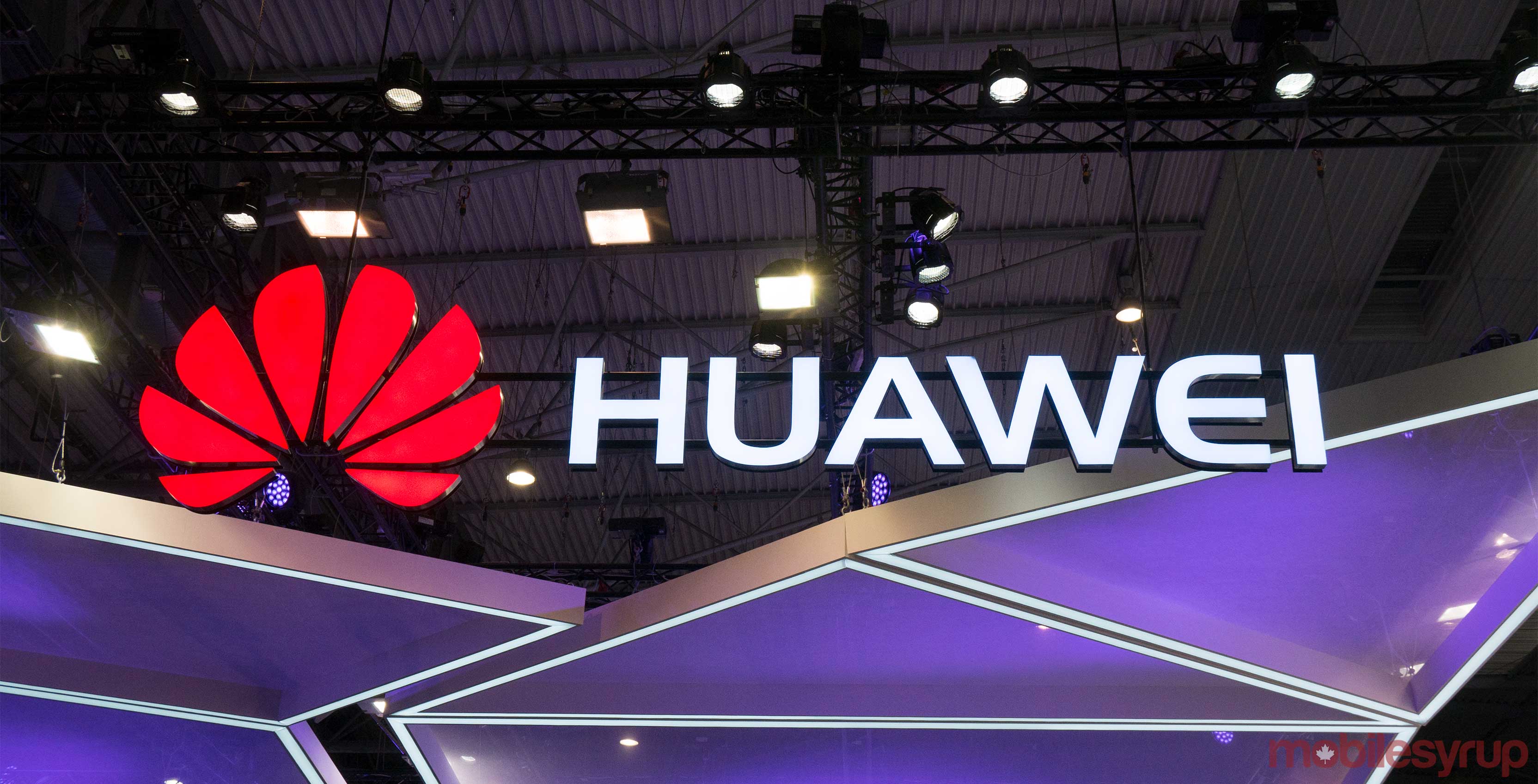
Canada’s federal government has confirmed that it regularly tests Huawei telecom equipment for security vulnerabilities.
According to a September 7th, 2018 Globe and Mail report, the Communications Security Establishment (CSE) said that it tests and evaluates “designated equipment and services considered for use on Canadian 3G and 4G/LTE networks, including Huawei.”
“As part of its cyber security mandate, CSE works with telecommunications service providers representing over 99% of Canadian subscribers,” said a CSE spokesperson in an email to MobileSyrup.
“In this role, CSE provides advice and guidance to mitigate supply chain risks in telecommunications infrastructures which Canadians rely on.”
“This program is unique to Canada and utilizes independent Canadian evaluators under the guidance of Canadian operators” — Scott Bradley, Huawei Canada
The CSE’s comments come in the wake of comments made by John Lord, Huawei’s Australian chairman, in which he said that the company has facilities in both the U.K. and Canada where Huawei works with “security-cleared testing personnel” to vet its equipment.
Scott Bradley, Huawei Canada’s vice president, told the Globe that Lord’s comments regarding Canadian facilities were inaccurate.
Instead, Bradley stated that Huawei’s equipment is tested in Canada in a program overseen by the CSE.
“This program is unique to Canada and utilizes independent Canadian evaluators under the guidance of Canadian operators and the Communications Security Establishment to verify all networking equipment sold in Canada,” said Bradley, in an interview with the Globe, and in a statement sent to MobileSyrup.
“As part of Huawei’s contractual agreements to operators, Huawei pays into a fund used to compensate these independent evaluators.”
“CSE’s role includes accrediting the third party labs that perform this assurance testing and defining the testing requirements” — CSE spokesperson
Bradley also explained that the program itself has been around since 2010, and was formalized in 2013 “under the guidance of CSE.”
“As we have stated previously, since coming to Canada in 2008, Huawei Canada has worked openly and transparently with the Government of Canada — notably the Communications Security Establishment — and Canadian operators, to reflect their operational requirements and guidelines,” explained Bradley.
The CSE explained to MobileSyrup that third party labs accredited by the CSE perform the Establishment’s testing.
“CSE’s role includes accrediting the third party labs that perform this assurance testing and defining the testing requirements,” said the CSE, in an email to MobileSyrup.
“CSE reviews the testing results and provides tailored advice and guidance to Canada’s telecommunications sector.”
Bradley also added that the introduction of new technologies and products will lead to the evolution of the equipment verification program.
“Huawei remains committed to the operation of this program, as well as all other requirements of CSE and Canadian operators now, and in the future, to ensure the security of Canada’s telecommunications infrastructure,” concluded Bradley.
In spite of the fact that Huawei’s smartphones are among the most popular in the world, the company has spent much of 2018 fending off security allegations from U.S. carriers and the U.S. government.
Verizon and AT&T — the largest and second-largest wireless service providers in the U.S. — both dropped support for Huawei devices in January 2018.
“CSE provides advice and guidance to mitigate supply chain risks in telecommunications infrastructures” — CSE spokesperson
Two-months-later, the Globe published a report in which three former Canadian spymasters suggested that the Canadian government should cut ties with Huawei.
Huawei is currently working with both Telus and Bell to establish 5G network technology in Canada.
It’s also worth noting that Canada’s three largest carriers — Rogers, Bell and Telus — all continue to stock Huawei smartphones, despite the security concerns espoused by Canada’s immediate neighbour to the south.
Source: Globe and Mail
Update 10/09/2018 4:15pm ET: Story updated with comment from a Communications Security Establishment spokesperson.
Update 11/09/2018 7:37pm ET: Story updated to reflect comments from Huawei Canada issued to MobileSyrup.


